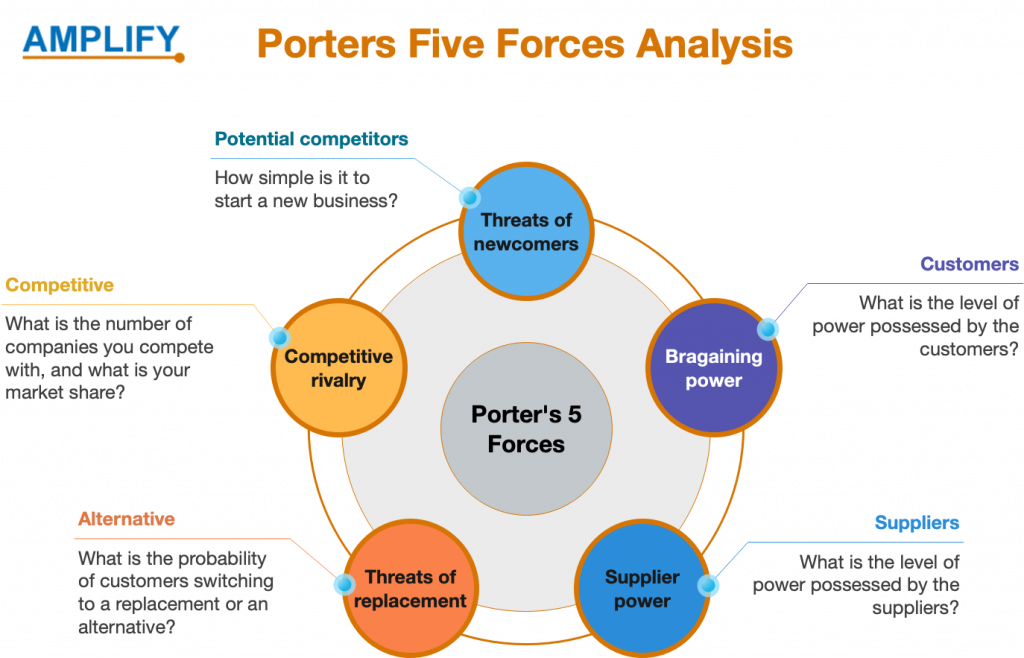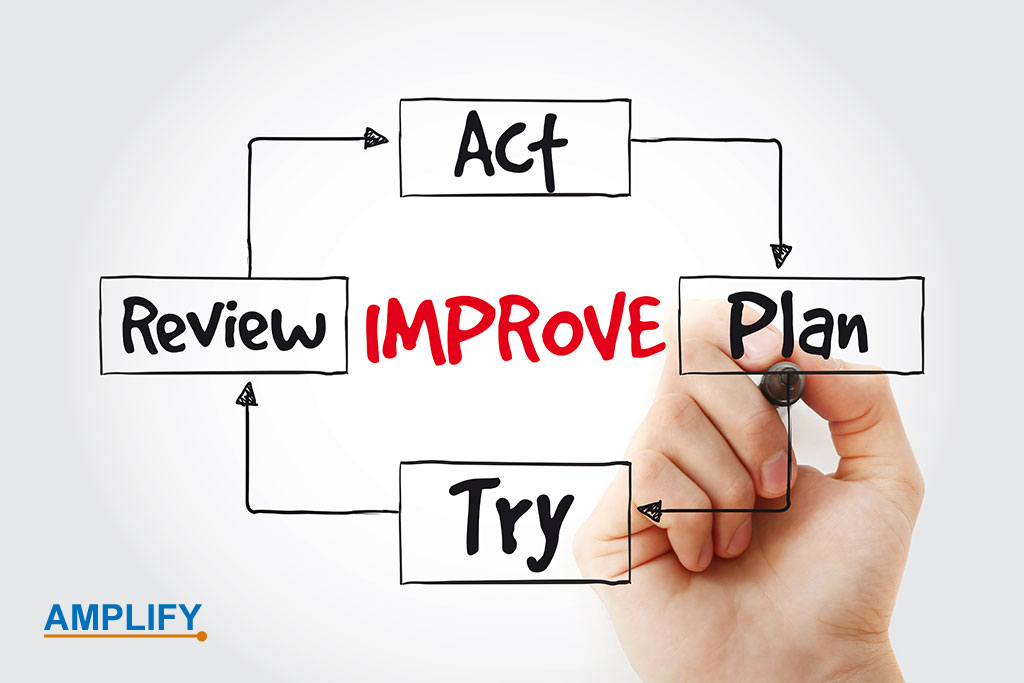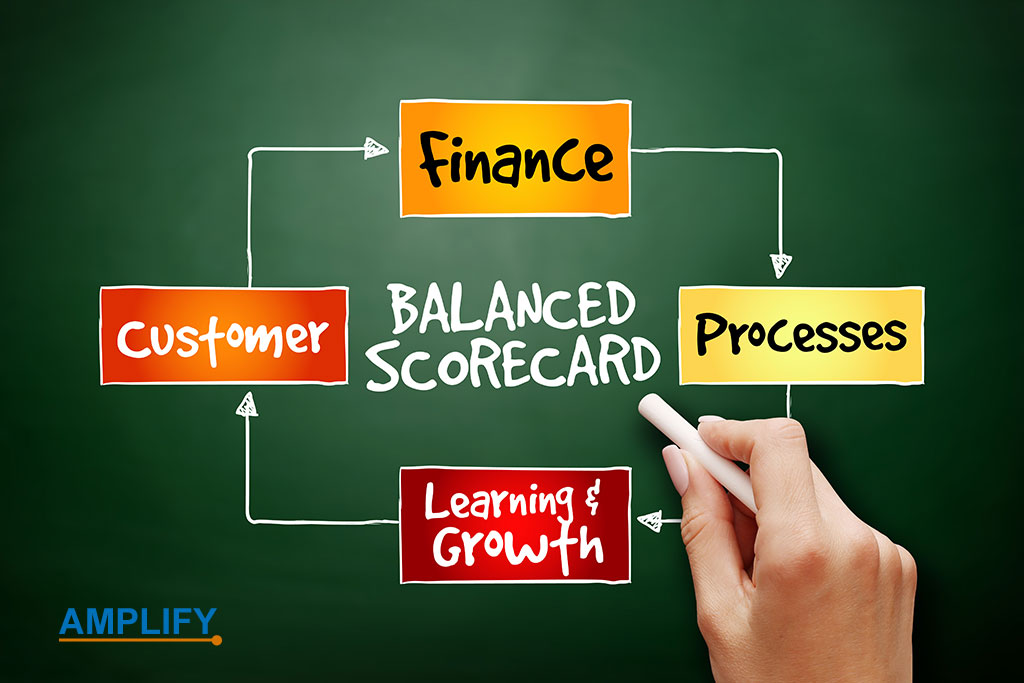Various tools and methods are available for managing your pipeline and portfolio, and the best ones for you will depend on your particular requirements and preferences. Here are some options to consider:
Software for Customer Relationship Management (CRM): A CRM instrument can help you manage your sales pipeline, track leads and deals, and remain organized.
If you are managing a portfolio of initiatives, project management software can assist you in keeping track of tasks, deadlines, budgets, and resources.
Spreadsheets, such as Excel or Google Sheets, can be a simple and effective method to manage your pipeline or portfolio. You can construct individualized spreadsheets for tracking leads, deals, projects, and other pertinent data.
Agile methodologies: Agile methods such as Scrum or Kanban can help manage project portfolios, primarily if you work in the software development or IT industry.
Lean Six Sigma is a process optimization methodology that can assist you in optimizing your pipeline or portfolio by identifying and eliminating waste and inefficiencies.
CRM software.
CRM software is critical to pipeline and portfolio management, storing and organizing customer data, automating workflows, and generating reports. It allows you to segment prospects, prioritize leads, follow up on opportunities, and forecast revenue. CRM also enables team communication, collaboration, and integration with other tools.
Portfolio matrix.
A portfolio matrix visually categorizes and evaluates accounts based on profitability and growth potential. It helps identify priorities, allocate resources, and plan actions for each account. The BCG matrix classifies accounts as stars, question marks, cash cows, and dogs to determine how to invest, grow, maintain, or sell them.
Pipeline dashboard.
A pipeline dashboard visually tracks sales trends and performance with metrics like deal number and value, conversion rate, and success/loss rates. It also displays the average deal size and customer lifetime value. This dashboard helps measure and enhance sales efficiency and effectiveness, identify and address bottlenecks and gaps, and optimize sales strategy and tactics.
Assessment of portfolio.
A portfolio review evaluates, and revises account strategy and plans periodically. It reviews aims, performance, and challenges and develops an action plan. This review aligns account activities with business objectives, strengthens relationships, and creates more value for customers.
Review of pipeline.
A pipeline review validates and improves the quality and accuracy of data by removing errors and duplicates and adjusting projections. This review reflects sales reality, eliminates waste and inefficiency, and boosts confidence and credibility.
Maximizing portfolio efficiency.
Portfolio optimization maximizes the return and value of investment portfolios by balancing risk and return, diversifying the mix, and enhancing performance. It manages trade-offs and constraints, capitalizes on opportunities and synergies, and achieves goals and objectives.


















